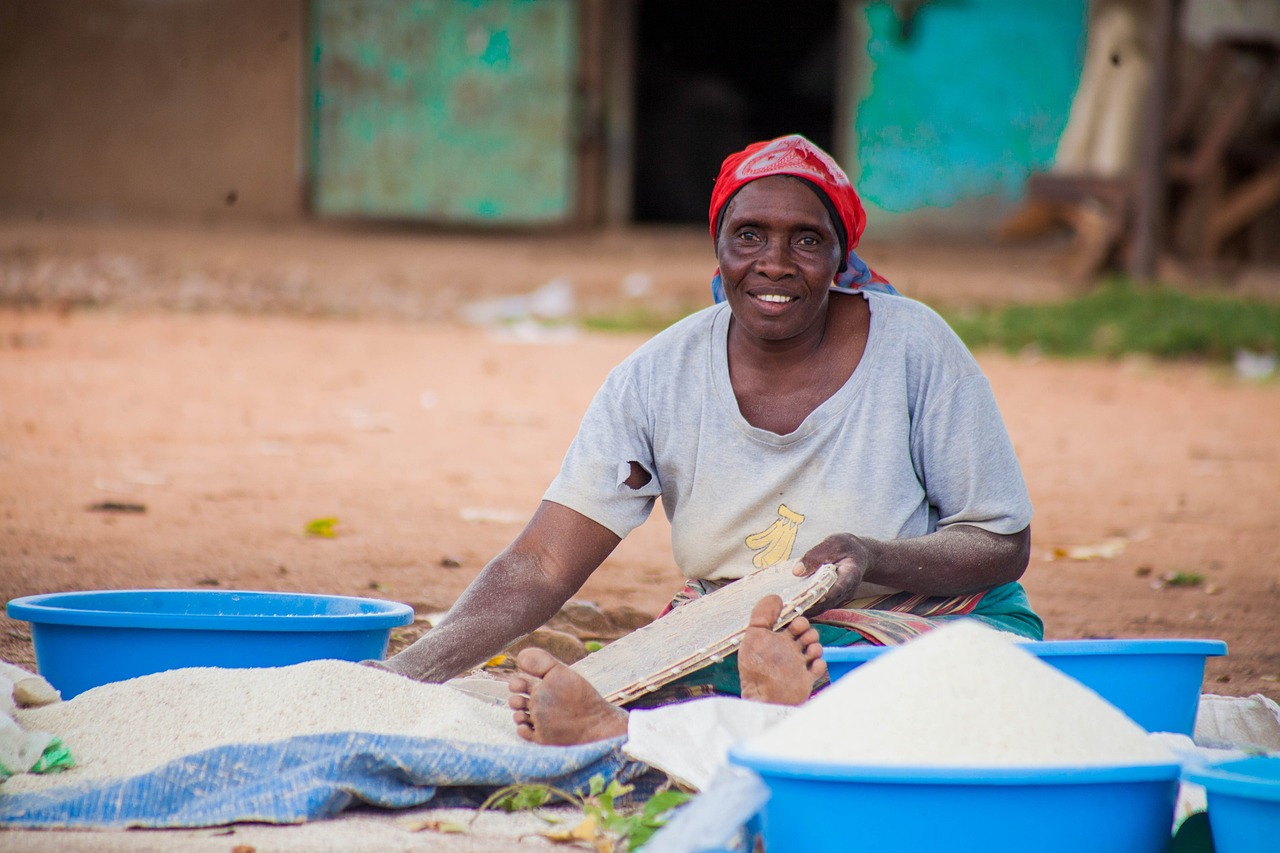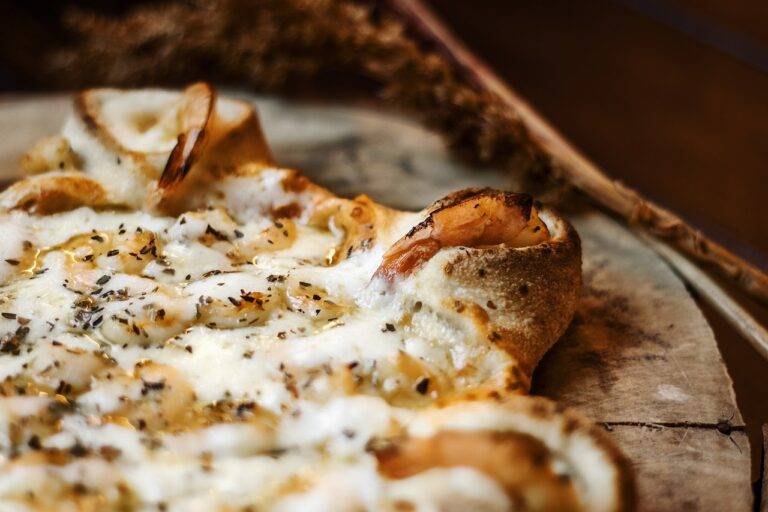A Deep Dive into Artisan Cheese Making
Artisan cheese has a rich history that can be traced back hundreds of years. The art of making cheese by hand has been passed down through generations, with different regions around the world developing their own unique techniques and flavors. In ancient times, cheese was often made by farmers who needed to preserve excess milk. Over time, these small-scale productions evolved into what we now recognize as artisanal cheese-making.
The craft of artisan cheese-making has grown in popularity in recent decades, with a renewed interest in traditional methods and locally sourced ingredients. Artisan cheese makers focus on quality, flavor, and craftsmanship, often producing small batches of cheese with attention to detail. This dedication to creating exceptional cheeses has led to a resurgence of appreciation for the art and science of cheese-making.
Different Types of Milk Used in Cheese Making
One of the primary factors that contribute to the diverse range of flavors and textures in cheese is the type of milk used in the cheese-making process. Cow’s milk is the most commonly used milk for cheese making due to its high protein and fat content. This results in a rich and creamy texture in many popular cheeses like cheddar and brie.
In addition to cow’s milk, goat’s milk is another popular choice for cheese makers. Goat’s milk has a distinct flavor that can range from mild to tangy, adding unique characteristics to cheeses like feta and chèvre. Sheep’s milk is also utilized in cheese making, known for producing cheeses with a rich and intense flavor profile such as pecorino and Roquefort.
The Role of Bacteria and Cultures in Cheese Making
Cheese making is a fascinating process that involves the interplay of various elements. Bacteria and cultures play a crucial role in determining the flavor, texture, and overall quality of the final product. These microorganisms are responsible for initiating the fermentation process, which is essential for breaking down milk proteins and sugars.
The selection of specific bacteria and cultures is a key decision for cheese makers, as different strains yield distinct characteristics. For example, some cultures are known for producing sharp and tangy flavors, while others contribute to the creamy texture of certain cheeses. The careful management of these microorganisms is what allows cheese makers to create a wide range of flavors and styles, making cheese one of the most diverse and beloved foods in the world.





